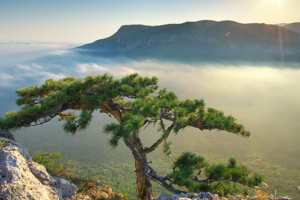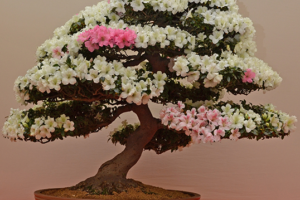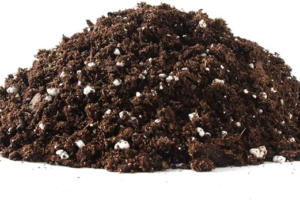YouTube
Bonsai trees for Beginners
Beginner Bonsai Trees
Bonsai trees are a unique and beautiful way to bring a piece of nature into your home or garden. These miniature versions of full-sized trees are grown in small containers and trained to mimic the natural growth patterns of mature trees. If you’re new to the world of bonsai and interested in starting with beginner bonsai trees, this guide is for you.
When it comes to beginner bonsai trees, it’s best to start with a tree that is easy to care for and shape. Some good options for beginners include the Ficus, Chinese Elm, and the Jade plant. These trees are relatively hardy and can tolerate a wide range of temperatures and humidity levels. They are also easy to shape and maintain, making them perfect for those who are new to the hobby and want to learn the basics of bonsai care.
Ficus is one of the most popular choices for beginner bonsai trees. This tree is versatile and can adapt to different environments. It is known for its glossy leaves that can be used for shaping and pruning. The Ficus is a great choice for those who want to learn the basics of bonsai care, as it is easy to maintain and shape.
Chinese Elm is another great option for beginner bonsai trees. This tree is known for its small leaves and delicate branches. It is also a great option for those who want to learn the basics of bonsai care, as it is easy to shape and maintain. The Chinese Elm is also known for its resistance to pests and diseases, making it a great option for those who want to start with a healthy tree.
Jade plant is also a great option for beginner bonsai trees. This tree is known for its thick, fleshy leaves and small size. It is also a great option for those who want to learn the basics of bonsai care, as it is easy to shape and maintain. The Jade plant is also known for its ability to tolerate low light conditions, making it a great option for those who do not have access to natural sunlight.
One of the most important things to consider when it comes to beginner bonsai trees is the container. Bonsai containers come in a variety of shapes and sizes, but it’s important to choose one that is proportionate to the size of your tree. The container should have drainage holes at the bottom to allow water to drain away from the roots. This is crucial for beginner bonsai trees as it prevents the roots from becoming waterlogged, which can lead to root rot.
When it comes to soil, beginner bonsai trees require a well-draining soil mix. You can purchase pre-made bonsai soil, or you can make your own by mixing equal parts of akadama, pumice, and lava rock. The soil should be moist, but not waterlogged. This is important for beginner bonsai trees as it ensures that the tree receives enough moisture and nutrients to grow and thrive.
Watering is an important aspect of beginner bonsai tree care. It’s important not to over-water your tree, as this can lead to root rot. The best way to determine when to water your tree is to stick your finger in the soil and see if it feels dry. If it does, it’s time to water.
Pruning and shaping are also important aspects of beginner bonsai tree care. As your tree grows, you will need to prune away any unwanted branches or leaves. It’s also important to shape your tree to mimic the natural growth patterns of mature trees. This can be done using wire, which is wrapped around the branches to guide them into the desired shape. Regular pruning may be required.







Leave a Reply
Your email is safe with us.
You must be logged in to post a comment.